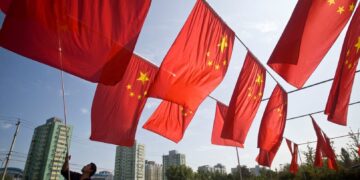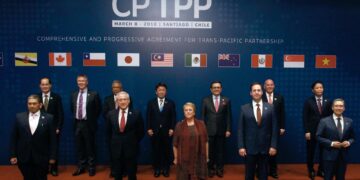By Dezan Shira & Associates
For the first time, the Chinese government clarified tax policies for goods imported under the cross-border e-commerce model and regained control of the loosely regulated market.
Effective since April 8, the policy stipulates that consumers purchasing goods imported under the direct shipping model or the bonded warehouse model must pay import taxes including tariffs, value-added tax (VAT), and applicable consumer taxes.
The new policies set a limit of RMB 2,000 for a single transaction and RMB 20,000 yearly. Transactions within the limit receive a temporary 0 percent tariff rate, but are still subject to import VAT and consumer tax, which are charged at 70 percent of the taxable amount. Ordinary custom duties apply for transactions exceeding the limit, as well as for purchased goods with duty paying value (DPV) of more than RMB 2,000.
The Ministry of Finance is expected to soon release a separate Cross-border E-commerce Retail Imported Commodities List, which will detail the scope of goods that can be imported under the cross-border e-commerce model.
Previously, purchased goods imported via cross-border ecommerce zones were subject to a special parcel tax, which was much less than typical custom duties. This offered an obvious price advantage and created an unfair tax burden for goods imported under the general trade model. To reduce pressure on local manufacturers and customs, the new policy will inevitably increase costs and tax burdens for foreign exporters in the cross-border e-commerce industry. This is particularly true for companies selling luxury goods to Chinese consumers, given that the consumer tax on these goods can be extremely high and the zero tariff policy does not apply to transactions of more than RMB 2,000.
Nevertheless, compared to general customs duties levied on imported goods, enterprises who sell general consumer goods to China can enjoy substantial tax benefits. For example, exporting UHT/fresh milk priced at RMB 100 to China under the general trade model is subject to an import tariff of 15 percent and a VAT of 17 percent:
Tax payable= RMB 100×15% + RMB 100×17% = RMB 32
On the other hand, customers will only pay 70 percent of the 17 percent VAT on the imported milk under the cross border e-commerce model:
Tax payable= RMB 100×70%×17% = RMB 11.9
The cross-border e-commerce model can enable foreign merchants to sell imported goods at a lower price, and make their products more competitive.
About the author: This article was first published on China Briefing. Since its establishment in 1992, Dezan Shira & Associates has been guiding foreign clients through Asia’s complex regulatory environment and assisting them with all aspects of legal, accounting, tax, internal control, HR, payroll and audit matters. As a full-service consultancy with operational offices across China, Hong Kong, India and emerging ASEAN, we are your reliable partner for business expansion in this region and beyond.For inquiries, please email us at [email protected].






























